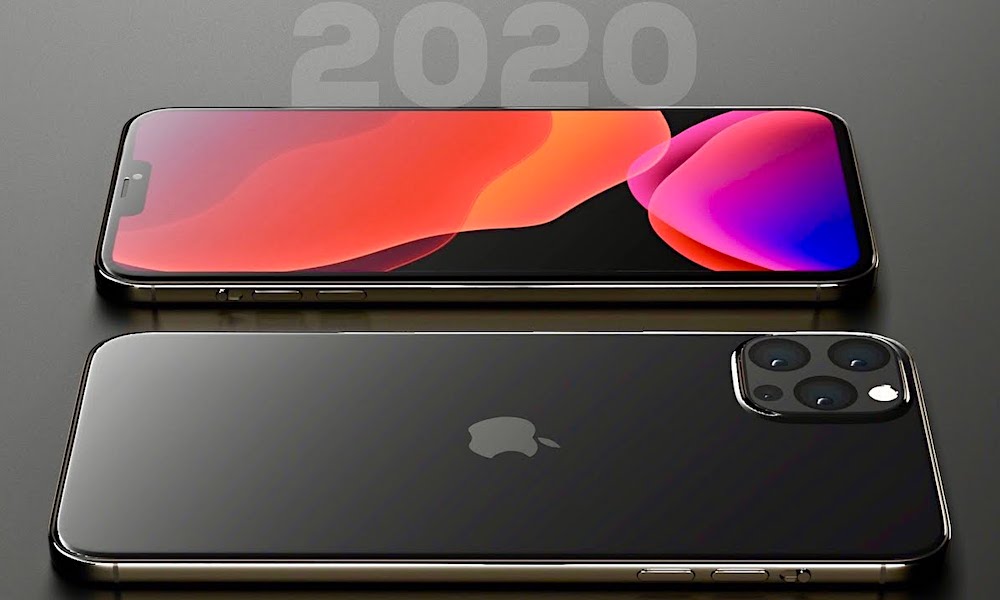iPhone 12 Display Tech Will Be Thinner, Cheaper (and Better for Battery Life)
 Credit: Ben Geskin
Credit: Ben Geskin
Toggle Dark Mode
Apple may be planning on implementing a new type of touch-integrated display in some of its iPhones this year, according to a pair of supply chain reports. While likely motivated at least partly by supply chain diversity, the new display panels could also have some real, tangible benefits for consumers.
The Reports
LG Display is said to be looking into upgrading its production facilities to produce a new type of touch-integrated display panels for Apple, Korea-based The Elec reported on Friday.
Sources confirmed that the panels will likely be an Apple-exclusive, and added that new iPhones could also adopt LTPO backplane technology.
A touch-integrated display allows touchscreen circuitry to be installed directly on an OLED panel without the need to add a second layer. It’s worth noting that a past report from ETNews also echoed the potential adoption of a touch-integrated display.
LTPO, or low-temperature polycrystalline oxide, is a backplane technology that uses up to 15 percent less power than the current solution in Apple’s iPhones today. Notably, LTPO backplanes are already used in Apple Watch Series 4 and Series 5 models.
But while the touch-integrated display panels are said to be on-time for Apple’s 2020 iPhones, it isn’t clear if LG will be able to produce iPhone-specific LTPO backplanes in time for the fall lineup.
It’s also worth noting that Samsung was previously rumored to be Apple’s sole supplier of specific OLED display panels for the 2020 iPhones. By tapping LG, Apple is obviously looking to lessen its reliance on Samsung as its only display provider.
What This Means for You
As mentioned earlier, the new display tech could bring some real benefits to the iPhone 12 lineup.
Since touch-integrated displays wouldn’t need a separate layer, it could mean less production cost and an overall thinner display.
That could allow Apple to keep some of its battery gains this year while returning to a slightly slimmer and lighter iPhone footprint. The lower production costs could also allow Apple to reduce the price on its iPhones, or incorporate other new features without raising it.
The use of LTPO backplanes, while not confirmed for 2020, could also result in more power-efficient displays.
It isn’t clear, at this point, which models will adopt the new display tech, however — especially since Apple is largely expected to debut four new iPhones with OLED displays in the fall of this year.
ETNews previously reported that a lower-cost model, presumably one of the 6.1-inch iPhone 12 devices, will retain a standard display. With that in mind, it could suggest that Apple’s rumored 5.4-inch OLED display could also keep past technology. That would leave the rumored “Pro” 6.1-inch and 6.7-inch devices.
In addition to new displays, this year’s iPhones are largely expected to feature 5G compatibility, 3D time-of-flight cameras, and a new A14 chipset.
[The information provided in this article has NOT been confirmed by Apple and may be speculation. Provided details may not be factual. Take all rumors, tech or otherwise, with a grain of salt.]






